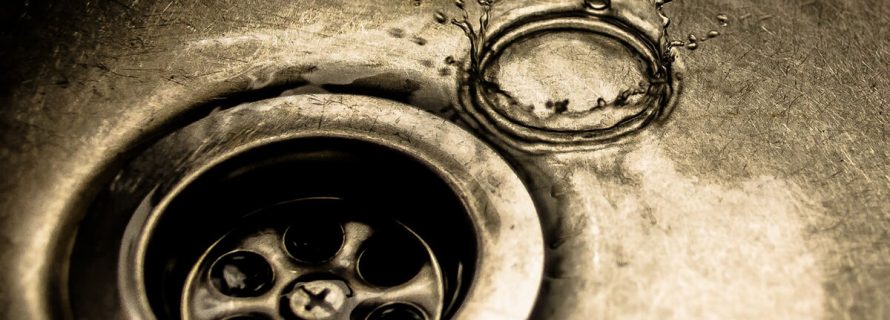Avoid 4 of the most common plumbing problems

Plumbing problems can be devastating to a home’s interior. Unlike other aspects of your home, like the wiring or heating, when plumbing stops working it can cause floods and damage to other parts of the house too. This can be especially nerve-racking following a bathroom remodel or kitchen renovation project where you’ve just gotten the room you’ve always wanted.
To avoid the heartbreak of any damage, it’s important to act fast and prevent plumbing issues in the first place. Here are a few helpful tips for homeowners on how to avoid some of the most common plumbing issues.
1. Clogged drain
Whether it’s the sink or the shower, drains can get clogged from simple use. Grease, soap and hair can create messes that stop liquid from easily being able to pass through the pipes. In a mild form, clogs can lead to gross drain snaking, while more severe cases can lead to serious flooding and the use of local handyman services.
People may want to consider getting a finer mesh strainer for shower and bathroom sink clogs where hair is the main issue. These can be cleaned regularly and prevent hair from getting into the pipes in the first place. Many times, all people need to do for a kitchen sink is limit the amount of grease going down the drain. This can be done by storing grease in a disposable container and throwing it in the trash after it’s solidified.
2. Broken garbage disposal
Although it seems like garbage disposals can chew up anything that you put down there, as Home Maker’s Daily explained, many objects may ultimately be detrimental. Food byproducts like bones, egg shells, grease, pasta and many other items should be avoided because they don’t properly break down or they cause further issues because of how they break down.
In addition to avoiding putting certain foods down a garbage disposal, you should also keep the water and disposal running after the food goes through, only use cold water and never use it without the water on. You may also want to run ice through it every so often to clear out any small food bits.
3. Leaks and drips
Dripping and leaking faucets and fixtures are very common plumbing issues. The American Apartment Owners Association pointed to problems with seals like washers and o-rings as the most common culprits of these issues.
Be proactive with drips and talk to your contractor or handyman about when you should replace your seals or fixtures. This could save you the trouble of a little drip, which can end up costing a lot in water.
4. Clogged toilets
Toilet clogs are normally due to people flushing foreign objects down the toilet. Although many people know this, parents should talk to their kids about the danger of a clogged toilet. Younger children may be more likely to flush foreign objects down the toilet because of curiosity.
Even facial tissues, Q-tips and cotton balls can cause issues in a toilet’s plumbing. Other items, like hair and dental floss should also be avoided. Although they may not clog your plumbing they can have negative effects for the larger sewer system.
Check out these quick 60 second fixes for some common plumbing problem fixes and other helpful do it yourself fixes around the house.
- Additions and New Construction
- All Exteriors
- Alterations
- Basements
- Bathrooms
- Customer Service
- Customer Stories
- Decks
- Design & Planning Show
- DIY
- Doors
- Educational Resources
- Extreme Makeover Home Edition
- Fashion Show
- General Remodeling
- Green Living
- Handyman Home Services
- Home Decor
- Home Entertainment
- Home Improvement
- Home Improvements
- How to Tips
- In The Community
- Kitchens
- Off-the-Wall Remodeling Stories
- Remodeling
- Resources
- Roofing
- Siding
- Social Media
- Sunrooms
- Tips & Tricks
- Trends
- Windows

